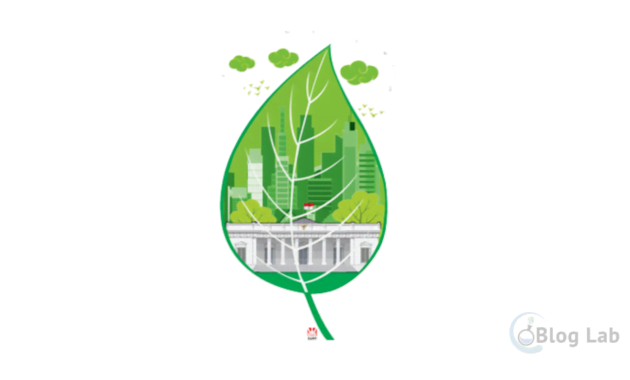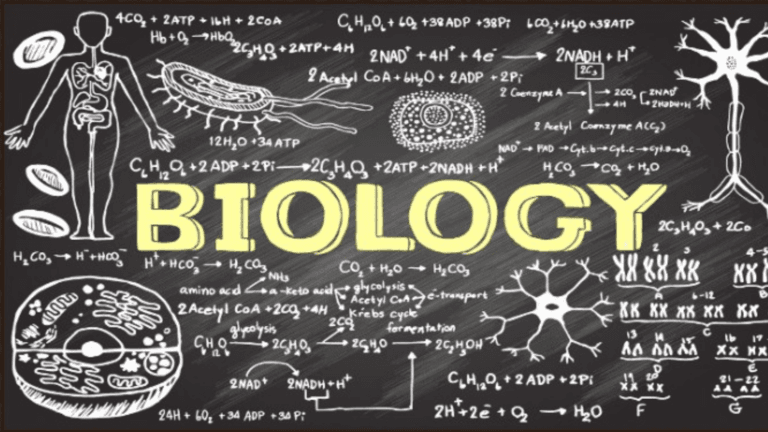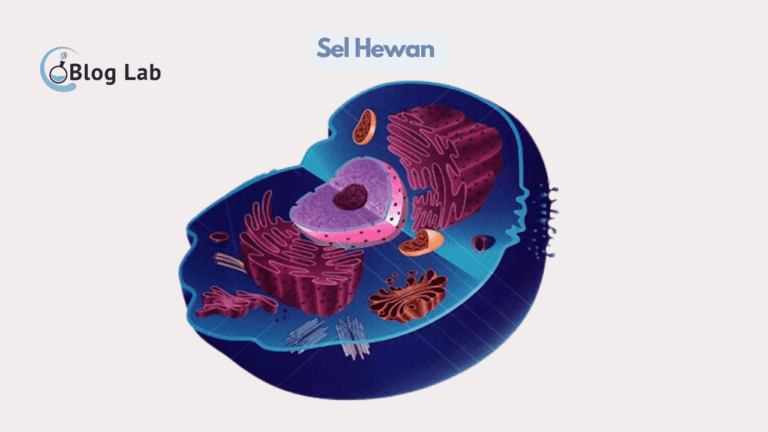Ethology: Consciousness, Organization Level, and Component · Global Voices

The ecology is a branch of biology that studies the interaction between living beings and the environment they live in. In ecologyThere are levels of organizations that affect how organisms interact with their environment. Moreover, ecology also involves various components that affect the balance of the environment. This article will talk more about ecological understanding, organizational levels in ecology, and ecology components that play a role in maintaining environmental balance.
Extrospect

The ecology comes from the Greek word "ookos" which means home or shelter, and "logos" which means study or knowledge. Therefore, ecology can be interpreted as a study of shelter or environment of living beings. In general, ecology is the science that studies the relationship between living beings and the environment, whether it's the relationship between living beings and other organisms, or the relationship between organisms with the atomic components in environment around it.
Organizational Level in Ethology
In ecology, there are some levels of organization that help to understand how organisms interact with their environment. Here's a brief explanation of the organization's level in ecology:
Individuals
Individuals are the smallest level of organizations in ecology. Individuals refer to single living things, like a bird, a tree, or an insect. At this rate, ecology studies physiological characteristics, anatomy and individual behavior in interaction with its environment.
Population
Population is a common collection of individuals of their own kind and live in the same region. For example, an owl population in a forest or a fish population in a river. At this rate, ecology studies the patterns of growth, reproduction, and interacting andrindividu in the population.
Community
Community is a population that lives together in the same region. For example, it's a community of plants, animals and microorganisms in a forest or a prairie. At this rate, ecology studies the interaction of all kinds of living things in an ecosystem.
Ecosystem
The ecosystem is a community that lives together and interacts with the physical environment around it. For example, forests, grasslands, or rivers. At this rate, ecology studies the interaction of all kinds of living things with the atomic components such as water, air and soil.
Biosphere
Biosphere is the highest organization in the Biosphere ecology covering all living and physical environments across the planet Earth.
Exological Component
In addition to organizational levels, ecology also involves various components affecting environmental balance. Here are some ecological components that are important to understand:
Biotics
The atomic component in ecology includes all living things, whether it's plants, animals, or microorganisms. These organisms play a crucial role in maintaining environmental balance. For example, plants act as a manufacturer that produces oxygen and becomes a food source for herbivores. Meanwhile, predator animals are involved in preserving the population of herbivores and preventing overpopulation.
Abiotic
The atomic component in ecology includes all non-living environmental factors, like water, air, land, sunlight and temperature. These aluminum factors affect the survival of living beings. For example, plants need water, air, and sunlight to perform photosynthesis. Meanwhile, animals need a temperature appropriate to survive.
Deny
Density is the number of living things in certain areas. This density can affect the interaction between living beings. For example, if the population of herbivores is so dense, then there will be competition to get limited food sources. Instead, if a population of predators is so dense, there will be competition to get limited prey.
Biodiversity
The biodiversity is referring to the type of living in the region. The biodiversity is crucial to keeping the environment balanced. For example, if the biodiversity is low, then there's going to be environmental damage that potentially does the whole ecosystem damage.
Interspecies Interactions
Interspecies interaction refers to a relationship that occurs between different kinds of living things in an ecosystem. These interspecies interactions can be mutualism, parasitism, or competition. For example, the relationship of mutualism occurs between plants and pollinators. Insects pollinators help plants in pollination and plants provide food for pollinators.
Conclusion
In ecology, there are levels of organizations that affect how organisms interact with their environment. In addition, ecology also involves some of the most important components to understand, such as the ibiotic and abiotic components, density, biodiversity, and interactions between species. Understanding these concepts is very important in maintaining environmental balance.
Therefore, we humans should be able to understand and be responsible for the environment around us. One way to maintain the balance of the environment is to do the management of natural resources wisely and sustainable. It can be done by fixing land management, reducing pollution, and strengthening endangered species preservation efforts.
Besides, we also need to understand the importance of maintaining biodiversity and interspecies interaction in an ecosystem. By maintaining biodiversity, there will be a healthy and sustainable balance of environment. Whereas by understanding interspecies interaction, we can reduce the conflict between living beings and maintain balance in the ecosystem.
In conclusion, ecology is the study of interacting organisms with its environment. There are some levels of organization in ecology, from individuals to biosphere. In addition, ecology also involves some important components such as the ibiotic and aluminum components, density, biodiversity, and interactions between species. We as humans need to be responsible for maintaining the balance of the environment by managing natural resources wisely and sustainable and understanding the importance of maintaining biodiversity and interspecies interaction in an ecosystem.





